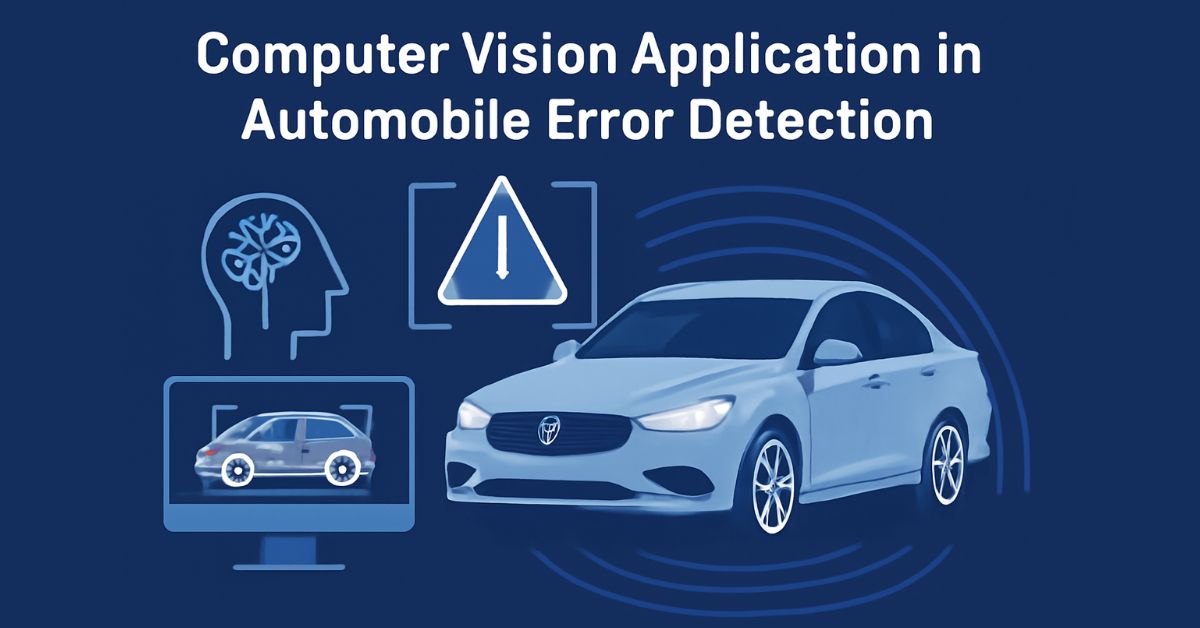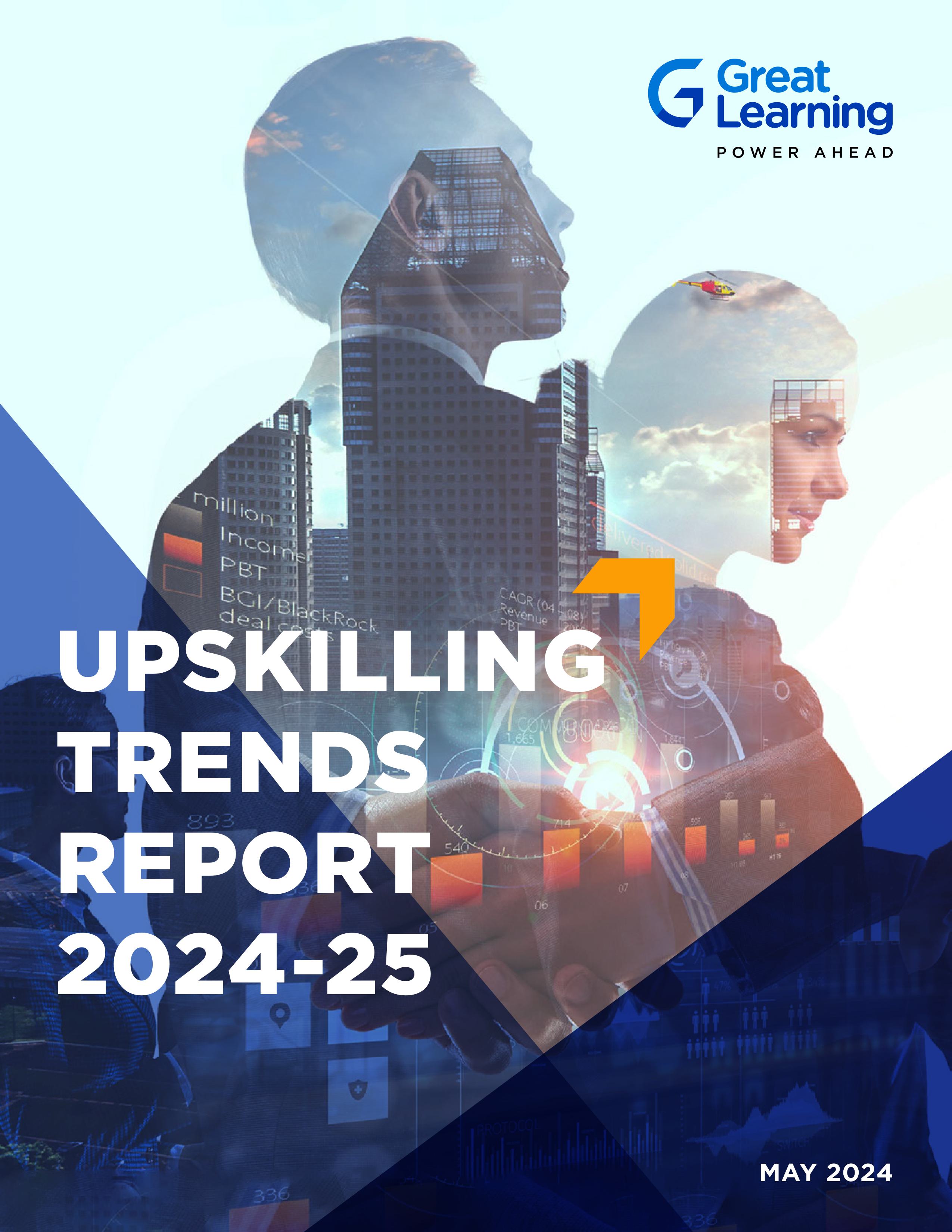How will you feel if a team of robots wins the 2026 Soccer World Cup?
The field of artificial intelligence (AI) is not so advanced yet, but robotics researchers are convinced that by 2050, research in robots will be so advanced that eleven RoboPlayers will beat the human World Cup Champions of that year.
The thought is exhilarating and troubling at the same time. The owners and supporters of the big soccer clubs of the world, such as Real Madrid and Manchester United, may lose some sleep over the possibility, but think of the advancements made in the field of AI!
What is required to win a soccer match? Among the most important factors are the ability to see where the other players are placed (object recognition), where you are in respect to them (localization), and the final decision of whether to pass and who to pass to. Playing chess may come easily to AI, but visualization and movement are easier for a human brain to perceive.
Losing to eleven robots in a soccer match may be far-fetched as of now, but AI is definitely upping the ante in various sports. Player tracking refers to systems that capture real-time or near-real-time positional and movement data for athletes and the ball in play.
By player tracking, coaches may make informed decisions on whether any athlete is overtraining, thereby becoming more prone to injury. For efficient team strategy and post-game analysis, player tracking is also useful. It may even be used to engage fans in seamless interactive displays.
From Moneyball to Machine Learning: The AI Revolution
Moneyball is passé in 2025. In 2003, the book highlighted the success of the Oakland A's based on the then ‘non-traditional’ data on baseball players. In 2011, it was turned into a movie, which grossed more than $110 million worldwide. But that created the base for sophisticated analysis of data and application of machine learning, which has paved the way for FC Barcelona and Microsoft to enter a partnership for the creation of an advanced OTT streaming service.
This is so advanced that even 3D replays may be offered to fans, media, and other subscribers. Azure platform, MS Copilot, and computer vision (CV) are coming together to analyze a vast amount of data in real time to predict game outcomes. Barcelona is planning for Espai Barca, their new stadium, to be a smart stadium. With the help of Internet of Things (IoT), AI, and instant mobile communication, a smart stadium should be able to eliminate tragedies that happened in Bangalore on June 4, resulting in unnecessary and avoidable deaths.
La Liga has chosen IBM Watson to generate AI-driven commentary and video summaries. It is now possible to hear commentaries in multiple languages in real time. IBM is not a new kid on this block. They have been partnering with the US Tennis Association for a long time. Generative AI models assist in creating Match Reports and AI Commentary for US Open highlight reels.
Game-Changing AI: Preventing Injuries and Ensuring Fair Play
Other clubs have adopted other platforms to prevent player injury. AI models are trained on past injury data from multiple players. Devices such as GPS trackers, wearable sensors, heart rate monitors, as well as video and biomechanical analysis, training load, and match intensity logs feed data on various aspects of a player’s condition.
Distance run, acceleration, deceleration, heart rate variability and recovery time, number of sprints or high-impact movements, joint stress, even sleep and fatigue levels are continuously monitored for early injury warnings or preventive physiotherapy. Zone7 is an AI platform adopted by clubs like Sevilla FC, Rangers FC, and LAFC. It analyzes biometric, GPS, and workload data to recommend when a player should rest or reduce intensity. Zone7 claims to reduce non-contact injuries by up to 50%.
Detecting offside in a game of soccer has always been open to argument. The 2022 FIFA World Cup applied AI and limb-tracking cameras to make more accurate offside decisions. Their Semi-Automated Offside Technology (SAOT) utilizes 10 -12 cameras placed around the stadium roof. Each camera captures 50 frames per second, tracking 29 points on each player’s body (e.g., limbs, torso). An AI algorithm processes the body position data in real-time. The final decision involves a 3D animation, reviewed by a VAR team.
VAR, or Video Assistant Referee, is now a part of many international sports. Traditionally, it was all human review. AI helps to highlight and visualize, not fully replace, human decision-making. Now, the match balls are embedded with sensors to detect the exact frame of contact. It is being used extensively to detect offside. But in the future, it may be used to auto-flag potential fouls, handballs, and red card situations. AI models are trained on pattern recognition from past match data (e.g., types of tackles that led to injuries or cards). Will ‘Hand of God’, as claimed by Maradona, be ultimately replaced by computer vision and artificial intelligence?
Beyond the Pitch: AI in Sports Betting and Analysis
AI also helps in sports betting. Sportradar and Genius Sports use AI to model complex match outcomes with predictive accuracy, offering dynamic betting markets. The danger of betting with AI is, of course, overfitting and model bias, which may lead to major financial loss. The betting system worldwide is quite efficient, and data is totally democratized. It will do well to remember that the Bookmakers may also use AI, and in the battle of two equally powerful AI systems, all you may expect is to break even at the best. Sometimes, you may even feel human intelligence and thought process have the ultimate edge.
While soccer has become a leading frontier for AI integration—with advancements in player tracking, injury prevention, tactical analysis, and officiating—similar technologies are making strides in other competitive team sports like basketball, cricket, rugby, and American football. AI now powers everything from performance analytics in the NBA to strategic field placements in cricket. Yet, amid the algorithms, sensors, and predictive models, one truth remains unchanged: sports are ultimately a celebration of human endurance, instinct, and skill. AI may enhance the game, but it is the human mind and body that continue to define greatness on the field.
For those interested in further exploring AI and its applications across various industries, there are programs like the PG Program in Artificial Intelligence, which can help professionals deepen their understanding of AI technologies and use them to solve real-world problems.
PG Program in AI & Machine Learning
Master AI with hands-on projects, expert mentorship, and a prestigious certificate from UT Austin and Great Lakes Executive Learning.
[1] WATCH OUT WORLD CUP Source: ASEE Prism, MAY-JUNE 2002, Vol. 11, No. 9 (MAY-JUNE 2002), p. 13 Published by: American Society for Engineering Education



